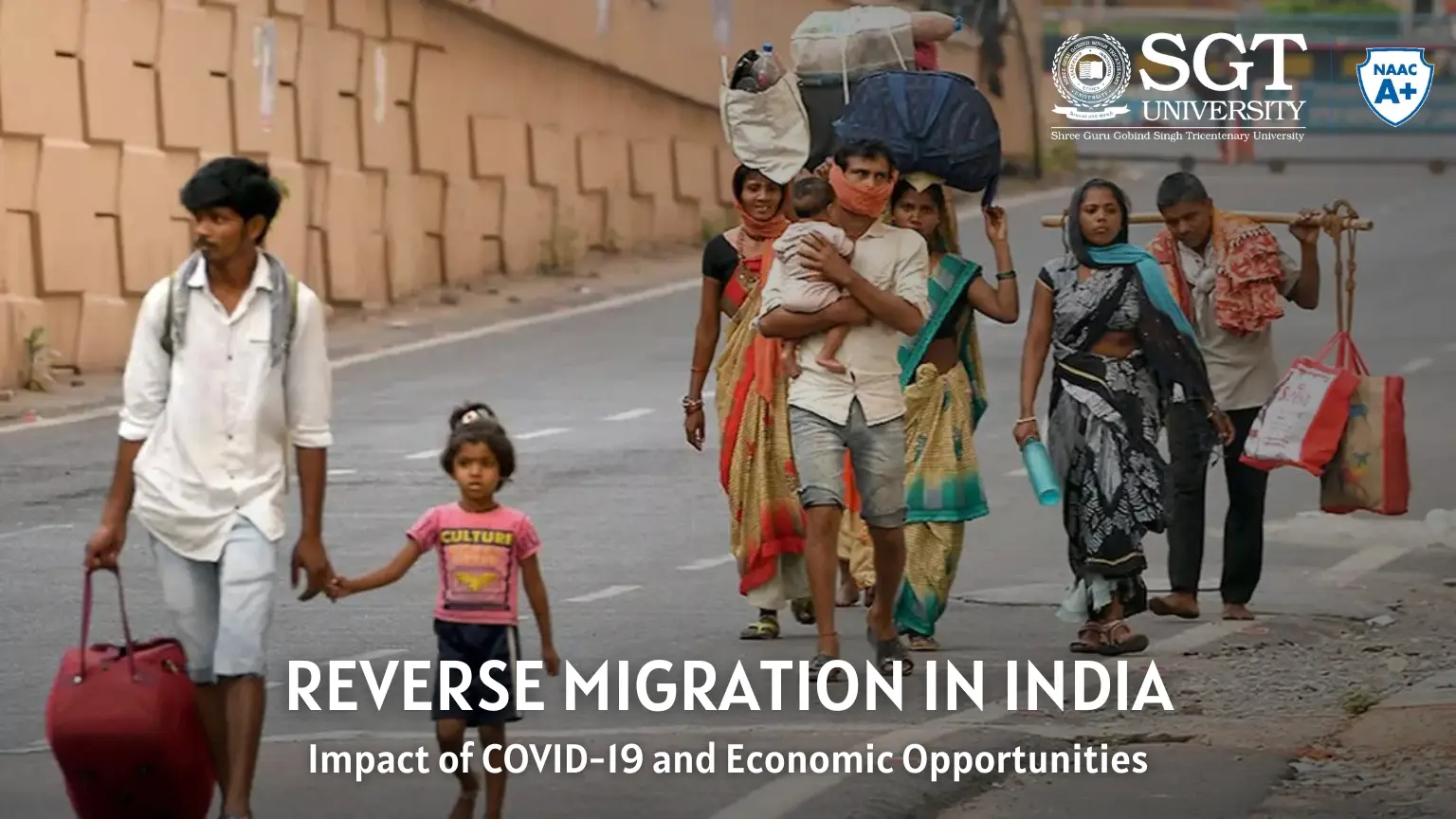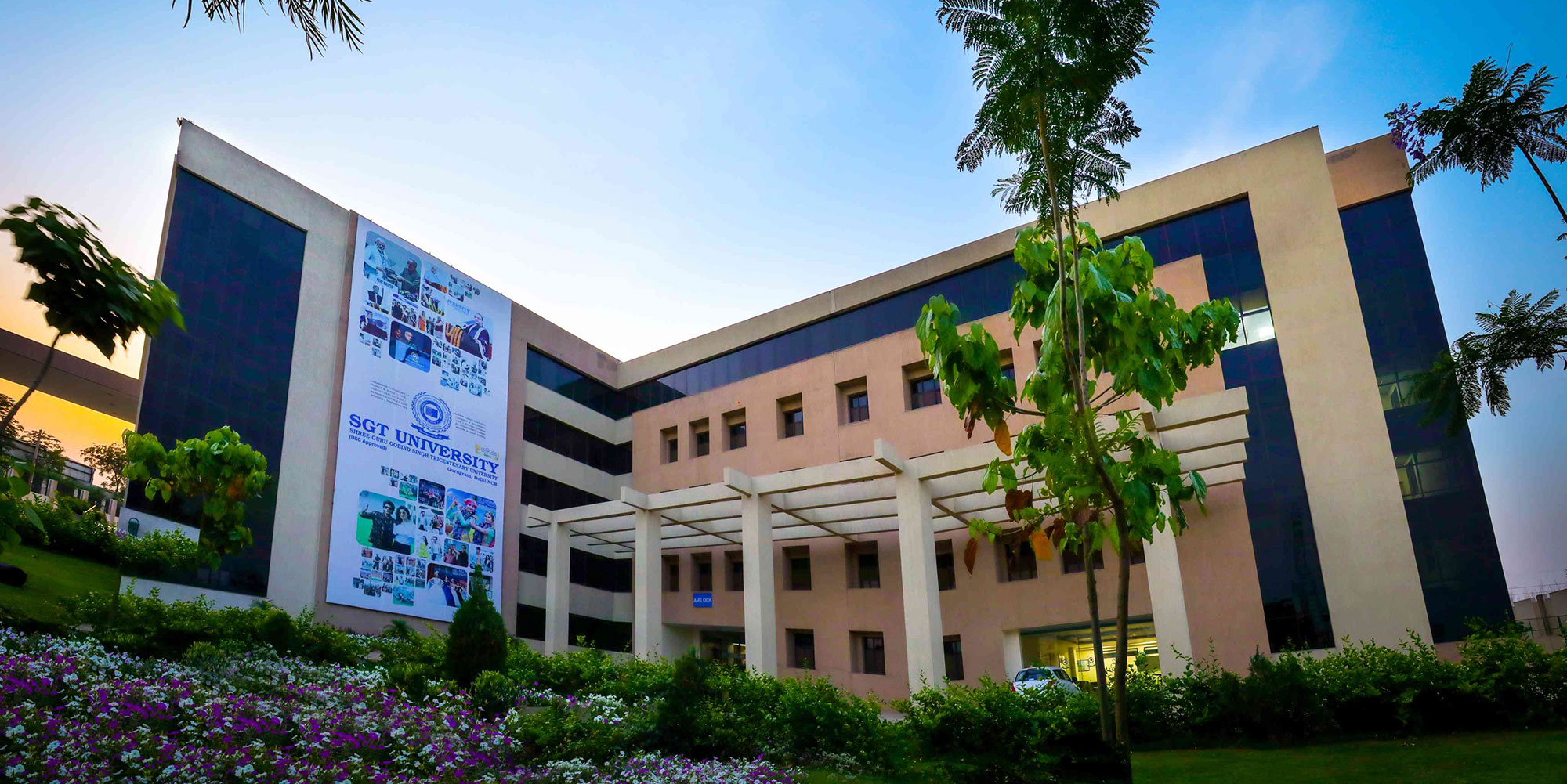The COVID-19 pandemic disrupted life across the globe, and India was no exception. Among the most visible consequences was the plight of migrant workers. The nationwide lockdown triggered a mass movement of migrants—what many are calling the second-largest migration since the Partition of India.
The Reality of Reverse Migration
With industries and businesses shutting down, millions of migrant workers were forced to return to their home states, creating a phenomenon known as reverse migration. This sudden exodus has exposed vulnerabilities in India's labor market and raised concerns about long-term economic repercussions. According to a World Bank report, over 40 million people were impacted by the lockdown, with 50,000–60,000 migrants returning to rural areas within a few days.
Migration in India: A Pre-COVID Landscape
Historically, India has seen large-scale intra-state migration, primarily from rural to urban areas. Better job prospects, higher wages, improved living conditions, and educational opportunities have driven this trend. As per the 2011 Census, 54 million people migrated across states, with 62% moving from rural regions to urban hubs. Employment was the leading factor, with 33% of migrants leaving rural areas in search of work in cities.
However, most migrants found work in informal sectors, such as construction, factories, or small-scale industries. These jobs often lacked social security benefits, making migrants particularly vulnerable during crises like the COVID-19 pandemic.
The Impact of Reverse Migration on the Rural Economy
The mass return of migrants to rural areas has created challenges for both urban and rural economies. In rural areas, the influx of labor has led to disguised unemployment, particularly in agriculture, where more workers do not necessarily mean higher productivity. This excessive labor supply has strained schemes like MGNREGA (Mahatma Gandhi National Rural Employment Guarantee Act), designed to provide rural employment.
While the government has increased support under MGNREGA, it may not be enough to accommodate the surge in demand. The reverse migration has also exposed the overdependence on agriculture in rural areas, highlighting the need for diversified income sources and better infrastructure.
The Urban Impact: A Labor Shortage
Meanwhile, in urban centers, industries that rely heavily on migrant labor, such as construction, are facing severe labor shortages. Although the economy is gradually reopening, it is unclear whether all migrant workers will return to cities, potentially leaving a significant gap in the labor market.
Reverse Migration: A Challenge or an Opportunity?
Despite the challenges, reverse migration presents an opportunity to revive the rural economy. By investing in labor-intensive sectors like livestock, fisheries, and food processing, the rural economy can absorb the surplus workforce and boost productivity. Moreover, improving rural infrastructure—both in farming and non-farming activities—can generate new employment opportunities and reduce the overreliance on agriculture.
The Way Forward
To truly address the impact of reverse migration, a comprehensive approach is needed. Investing in rural development, expanding social security coverage, and creating diverse employment opportunities in both rural and urban areas are essential. If not managed properly, reverse migration could lead to increased poverty and inequality in rural regions.
In conclusion, while the pandemic has caused significant upheaval, it has also shone a light on areas that require urgent reform. By leveraging the reverse migration trend as an opportunity, India can create a more resilient and diversified economy—one that offers sustainable livelihoods for both rural and urban populations.


